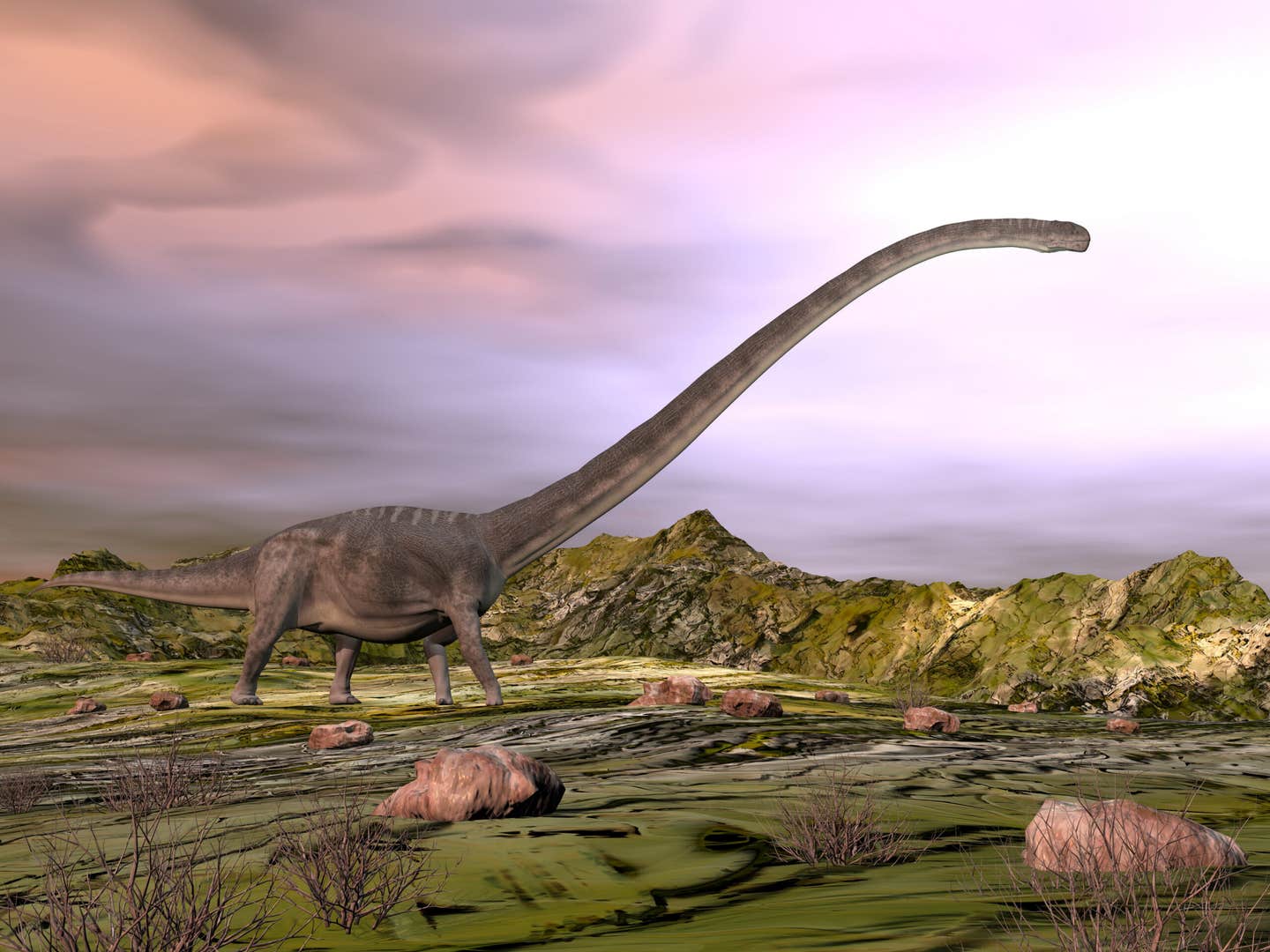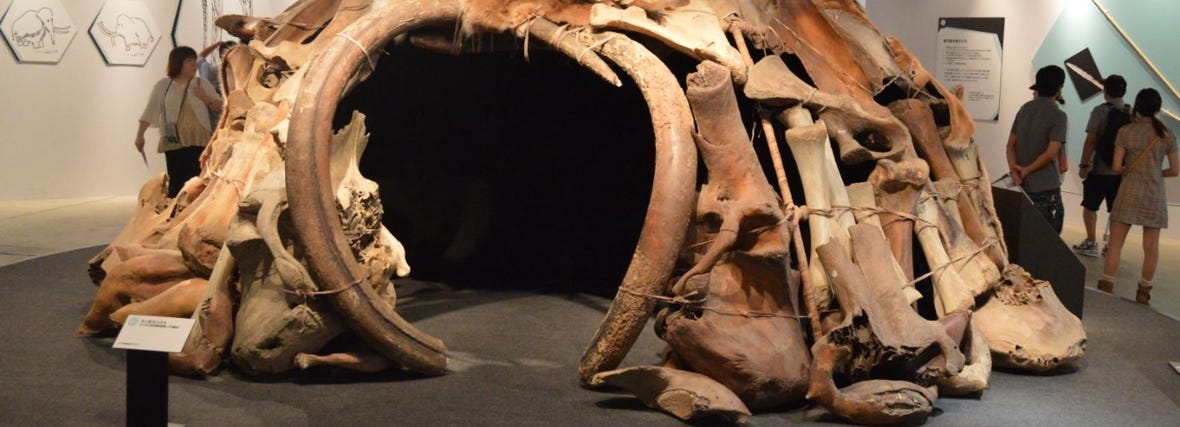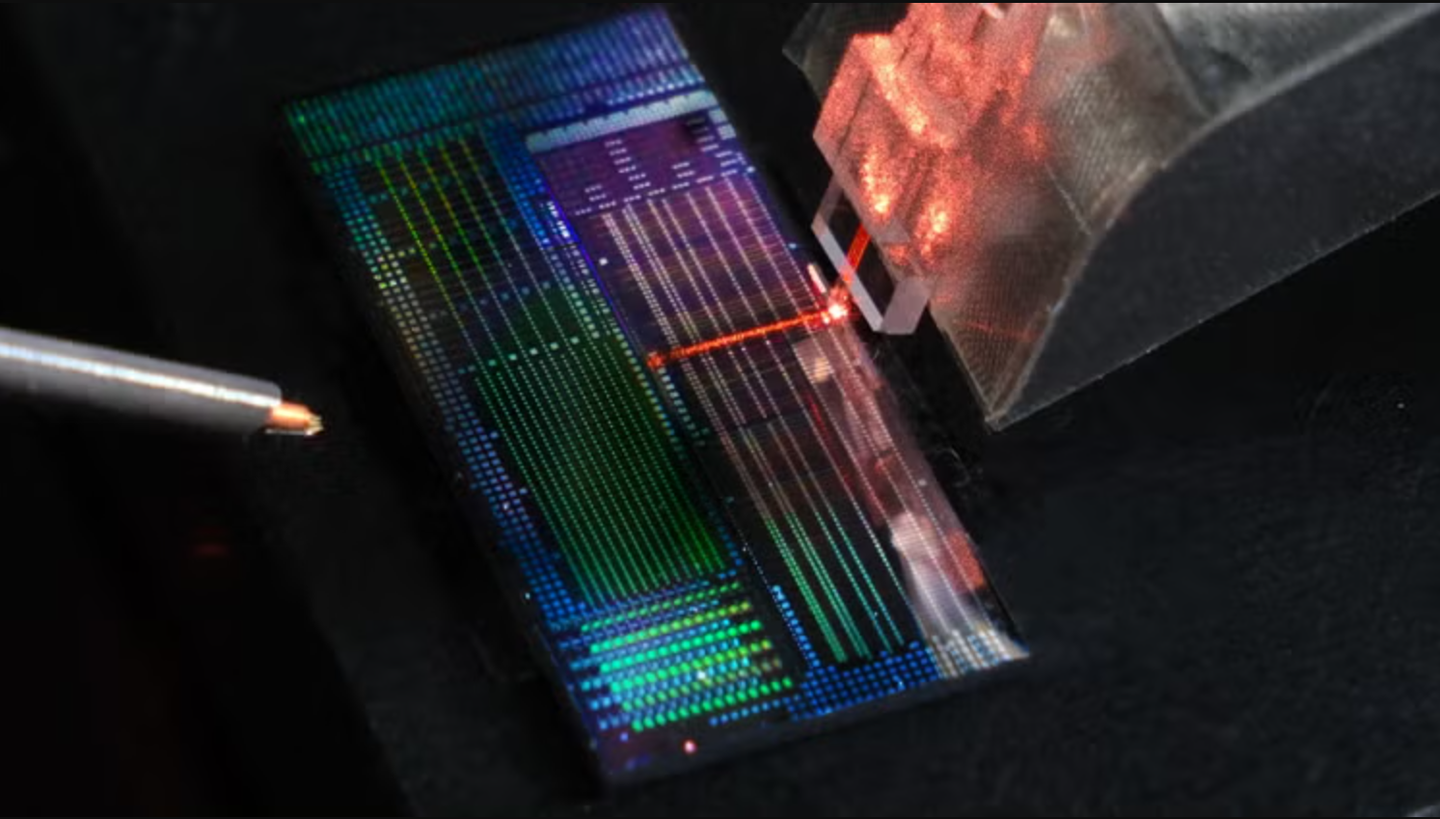New discovery reveals why dinosaurs reached massive sizes
With this find, researchers now better understand how a critical dinosaur trait slowly took shape over time.

Groundbreaking dinosaur study reveals how changes in breathing systems fueled their enormous growth. (CREDIT: Getty Images)
Long-necked sauropods ruled the land during the Jurassic and Cretaceous ages. These plant-eating giants appeared on every continent and grew to sizes no other land animal has matched. A key reason for their size was a clever breathing system. This system relied on air sacs that made their bones lighter without losing strength.
Air sacs, also found in modern birds, helped sauropods take in more oxygen and keep their bodies cool. These features were vital for surviving in tough environments and growing to extreme sizes. Their link to both extinct and living species reveals how deep the roots of this adaptation run.
To trace air sacs in fossils, scientists study a trait called Postcranial Skeletal Pneumaticity, or PSP. This shows up as hollow spaces in bones, with deep pits and openings called foramina. These connect to internal chambers like camerae and camellae. In more evolved sauropods—especially the titanosauriforms—PSP is common. But how and when it first appeared has remained unclear.
That changed with a recent discovery in Brazil’s Candelária Sequence. Here, scientists found Macrocollum itaquii, a 225-million-year-old early sauropodomorph. It is now the oldest dinosaur known to have had air sacs.
This fossil opens a new window into how breathing systems evolved in the earliest long-necked dinosaurs.
The team from the State University of Campinas (UNICAMP) studied the bones using micro-CT scans. These scans revealed internal features tied to PSP, showing the early stages of this breathing system. With this find, researchers now better understand how a critical dinosaur trait slowly took shape over time.
Related Stories
Tito Aureliano, the study's lead author, emphasized the significance of air sacs. “These structures made their bones less dense, allowing them to grow to more than 30 meters in length,” he explained. At approximately 3 meters long, M. itaquii was the largest dinosaur of its time, dwarfing predecessors that barely reached 1 meter.
The discovery, published in The Anatomical Record, underscores how air sacs facilitated rapid size increases among dinosaurs.
Fresia Ricardi-Branco, the project's principal investigator, highlighted how this evolutionary innovation provided a competitive edge. "Air sacs gave dinosaurs an evolutionary advantage over other groups, such as mammals, allowing them to diversify faster," she noted. This adaptation enabled early dinosaurs like M. itaquii to endure Triassic climates and later thrive during the Jurassic and Cretaceous periods.
Earlier research suggested that air sacs evolved independently at least three times among theropods, sauropodomorphs, and pterosaurs. M. itaquii, a bipedal ancestor of the massive quadrupeds with small heads and long necks, bridges the evolutionary gap between early dinosaurs and their gigantic successors.
Before this discovery, air sac tissues were classified as either camerate (hollow spaces) or camellate (spongy bone). However, M. itaquii revealed a previously unknown tissue type termed "protocamerate," with an intermediate texture.
Aureliano explained, “The most widely held hypothesis was that air sacs began as camerae and evolved into camellae. Our findings suggest this protocamerate form existed first.”
The study also challenges the prevailing understanding of air sac evolution. Earlier research posited that air sacs appeared in the abdominal region first, spreading to the cervical region by the early Jurassic, about 190 million years ago.
However, M. itaquii displays air sacs in the cervical and dorsal vertebrae but none in the abdominal region. Aureliano remarked, “It’s as if evolution conducted different experiments until it arrived at the definitive system, with air sacs extending from the cervical region to the tail. It wasn’t a linear process.”
These findings underscore the complexity of dinosaur evolution, highlighting how different adaptations enabled these creatures to dominate their environments. The discovery of M. itaquii and its air sacs provides a crucial link between the small early dinosaurs of the Triassic and the colossal giants of later eras.
This research adds another chapter to the fascinating story of how dinosaurs evolved over millions of years, shaping the prehistoric world.
Note: Materials provided above by The Brighter Side of News. Content may be edited for style and length.
Like these kind of feel good stories? Get The Brighter Side of News' newsletter.



